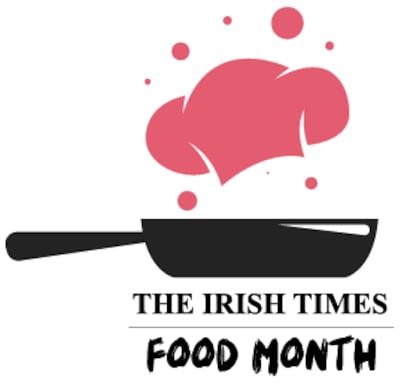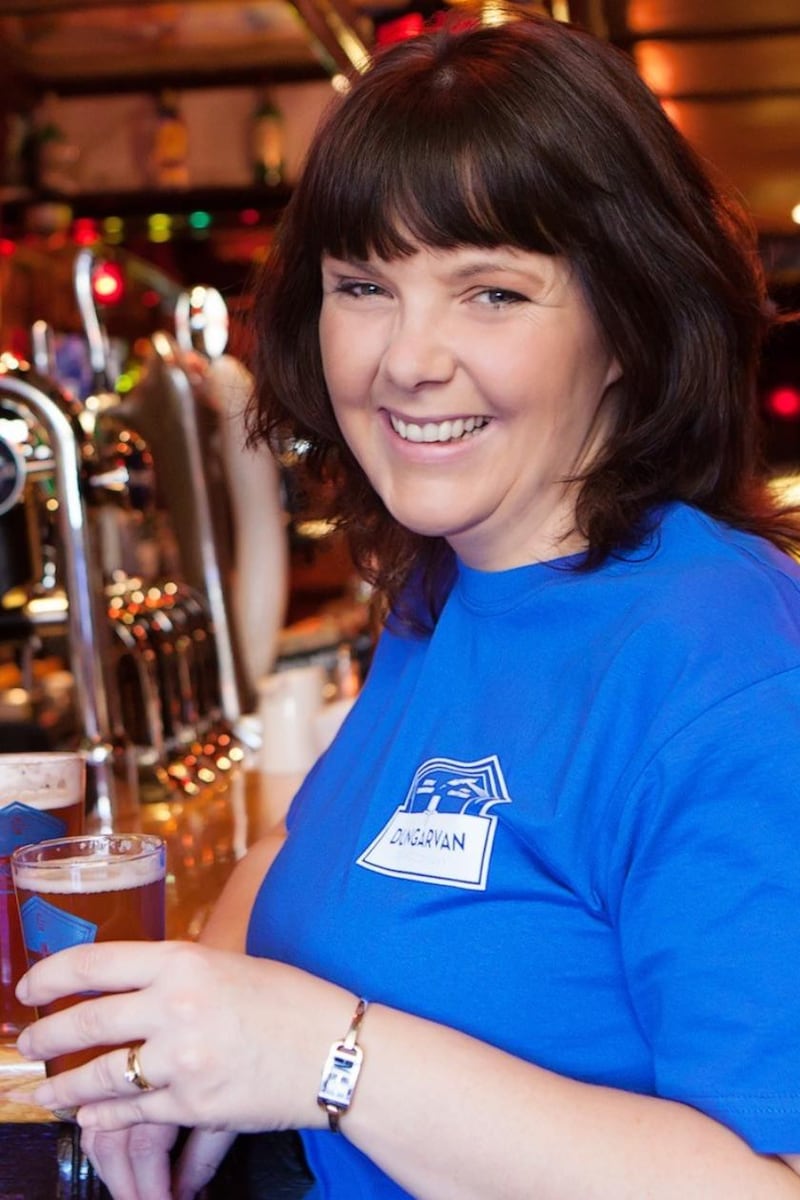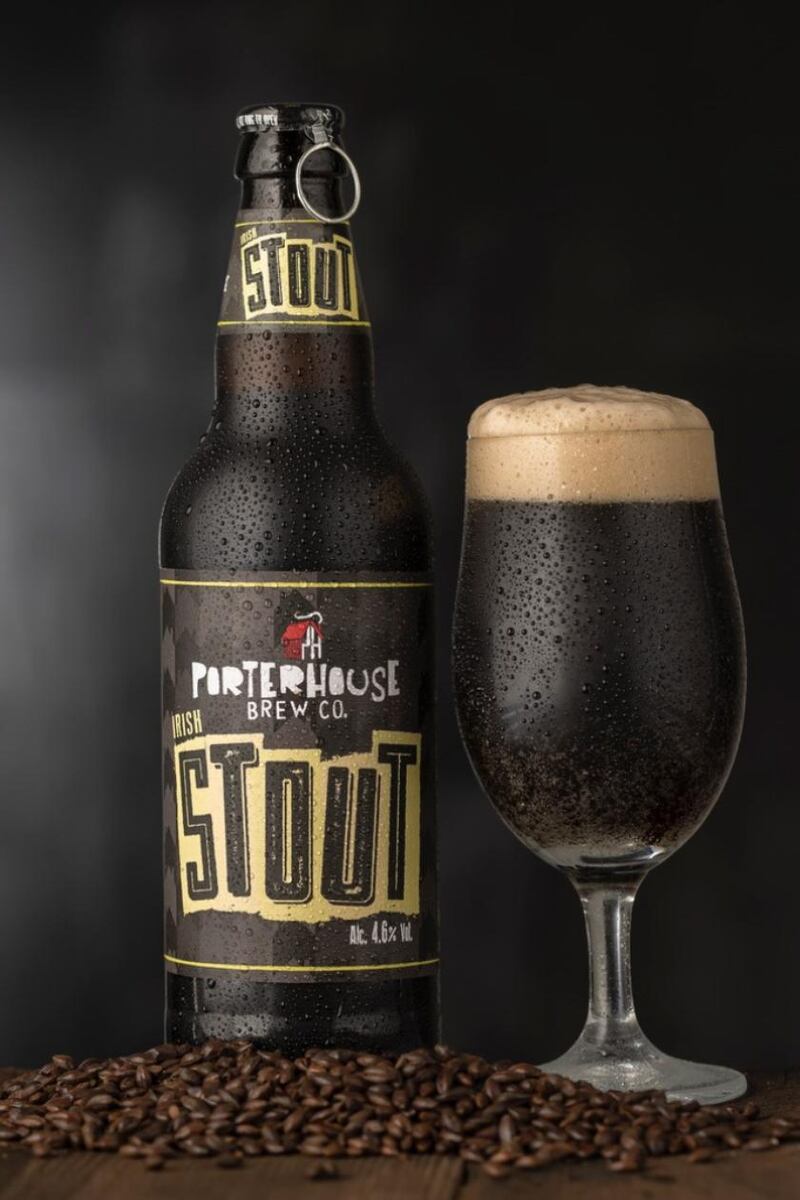Over the past year and a half, many of us were longing for pubs to reopen, simply to have the opportunity to enjoy the singular pleasure of a freshly poured pint of stout, with its creamy head, roasted barley flavours and lightly bitter, dry finish.

Sales of the national drink may have decreased over the past few decades, and many have predicted its demise, yet stout still represents about 30 per cent of all beer sales. This dropped to 25 per cent in 2020, as stout is primarily consumed in pubs, but it still accounts for a quarter of all beer sales. So what is the state of stout, and is it going out of fashion?

Elliot Hughes, of the Porterhouse Brewing Company, says no. “My opinion, based on no stats whatsoever, is that stout is doing very well. Consumption dropped off during Covid because it’s a draught product, but with reopening, we will see growth again. There is a remarkable interest in stout among 18- to 30-year-olds. People say that young people aren’t drinking Guinness any more, but I don’t see any drop off in sales. Actually, I think Guinness run world-class marketing campaigns, so our job here is to get people to drink stouts with lots more flavour.”
“Stout sells,” Claire Dalton of Dungarvan Brewing Company agrees, “but it is seasonal and much slower in summer. I don’t think it is the weather, more the dark evenings. But from September on, there is good demand. However, we consider our Black Rock stout to be our best beer, yet it is still our lowest seller of our classics.”

Michael Creedon of Bradley’s in Cork, one of the country’s leading beer specialists, also argues the case for stout. “We all know that IPA has taken over a bit, but stout always has a genuine niche – some breweries stop making it in the summer, yet customers still come looking for it. As autumn comes, sales increase – stout is associated with colder weather when evenings draw in, for when you are eating those stews and steaks that go so well with it, or simply as a fireside beer.”
It is worth noting that Dungarvan Black Rock is an ingredient in Ballymaloe steak sauce, so a combination of steak, steak sauce and Black Rock sounds perfect. Yet, according to Claire Dalton, some beer-drinkers still have a mental block about stout. “At tastings I always finish with our stout and people have to be persuaded to try it, but they are always very pleasantly surprised.”

The pint of plain may still be popular, but these days it can take on many different forms. Over the past year, Heineken, who already produce Murphy’s and Beamish, released Island’s Edge, a lighter style of stout, made using basil to provide freshness and tea to remove bitterness. This was the result of research that showed younger drinkers perceived stout to be too heavy and bitter, and certainly not “sessionable”.
Guinness released Guinness 0.0, an alcohol-free stout to tap into the booming market for alcohol-free drinks. Tasting Guinness 0.0 with a group of seasoned Guinness drinkers, most agreed it was pretty good and the majority said they would try it again if driving.
Innovation
However, the greatest amount of innovation takes place elsewhere. As well as full-bodied powerful imperial and barrel-aged stouts, craft beers are flavoured with coffee, chocolate, oatmeal, spices and a host of other ingredients. Virtually every Irish craft brewer produces a stout and most are very proud of their version.
The Independent Craft Brewers of Ireland Beer of the Year 2021 went to the Porterhouse Brew Company for their Around the Clock imperial stout, one of a series aged in whiskey barrels from their distillery in Dingle. In second place was Lineman Astral Grains foreign extra stout. As the competition was judged by the brewers themselves, it is obvious that brewers appreciate good stout, preferably with a good kick to it.
“We like to push the boundaries on stout and give our brewers an opportunity to flex their muscles,” Elliot Hughes says. “Around the Clock is drunk locally. We got a great response and have increased production on the recently-released Around the Clock 3.”
So, despite the doomsayers, it appears stout is here to stay. “Stout is how many people see Irish beer,” says Hughes. “It was our bread and butter and still what we are best known for in the Porterhouse.” Michael Creedon agrees: “Stout is ingrained in Irish culture and will always be a thing. It is our beer.”













